Tape-in hair extensions have become increasingly popular among women who desire longer and fuller hair. These extensions are made from real human hair and are attached to the natural hair using a special adhesive tape. While tape-in hair extensions offer numerous benefits, they also have some drawbacks. This article will explore the pros and cons of tape-in hair extensions.
One of the significant advantages of tape-in hair extensions is their ease of application. Unlike other types of hair extensions that require hours of tedious work, tape-in extensions can be applied within a shorter time frame. This is because the tape-in method involves attaching wefts of hair to the natural hair in a sandwich-like manner, reducing the time and effort needed for installation.
Another benefit of tape-in hair extensions is their natural appearance. Since they are made from real human hair, they blend seamlessly with the natural hair, making it difficult to tell that one is wearing extensions. This provides a more natural and realistic look than other extensions.
Tape-in hair extensions also offer versatility. They can be styled, curled, and straightened just like natural hair. This allows users to experiment with different hairstyles and looks without worrying about damaging the extensions. Additionally, tape-in extensions can be dyed to match the natural hair color, providing even more styling options.
One of the cons of tape-in hair extensions is the maintenance required. These extensions must be repositioned every 6 to 8 weeks as the natural hair grows. This involves removing the extensions, applying new adhesive tape, and reattaching them to the hair. This maintenance process can be time-consuming and may require professional assistance.
Another disadvantage of tape-in hair extensions is the potential damage they can cause to the natural hair. The adhesive attached to the extensions can weaken the natural hair, leading to breakage and thinning. The extensions' weight can also stress the roots, leading to traction alopecia if not correctly cared for. Following proper care instructions and seeking professional help when removing the extensions is essential to minimize damage.
Cost is another factor to consider when it comes to tape-in hair extensions. Compared to other types of extensions, tape-ins tend to be more expensive. They are made from real human hair and require professional installation and maintenance. The cost of purchasing the hair, installation, and maintenance fees can add up quickly.
Tape-in hair extensions may only be suitable for some. Those with thin or fine hair may find that the extensions do not blend well with their natural hair, resulting in an unnatural appearance. Additionally, individuals with sensitive scalps may experience discomfort or irritation from the adhesive used in the tape-ins.
In conclusion, tape-in hair extensions offer numerous advantages, such as ease of application, natural appearance, and versatility. However, they also have some disadvantages, including the required maintenance, potential damage to natural hair, higher cost, and limited suitability for specific hair types. It is essential to consider these pros and cons carefully before getting tape-in hair extensions. Seeking professional advice and maintaining proper care can minimize any potential drawbacks and ensure a successful and satisfying experience with tape-in hair extensions.

